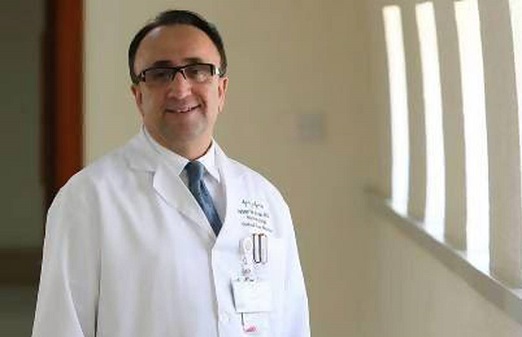
Zach Smith, a student at Dwight-Englewood School in New Jersey, had a problem. The 18 year old was frustrated with his school’s learning management system, and to get over this problem, he designed an app that would bring together your homework, your schedule and everything you need all in one place to make it easy for students.
That idea put Zach on a path that would find him learning the finer points of UX design, working with coding platforms and, importantly, earning the confidence and trust of the administrators at the school. Here are some of the takeaways of Zach’s journey from ideation to the launch of MyDE+, and what comes next.
Getting the big idea
“A few summers ago, I was getting really into user experience design and I was kind of designing all these different app ideas that I had in my head. And one of them was to make an app for my school. We needed something that would bring all aspects of our schedules and assignments into one place. So I thought, why not design this app idea around it and see how I can kind of improve the user experience?”
First steps
“I started with Figma, just wireframing and prototyping what the app would look like. And once I had a solid design down, I met with my Dean at school and pitched him the app. Our principal happened to walk by and was like, ‘Whoa, that looks super cool, how do we get this in our school?’ And I don’t think he realized it was just a design. So now I had to get to work building the app, and I had no idea what I was doing.”
Bumps in the road
“At first I was considering teaching myself how to code or if I would need to hire someone to make this app. That’s when I discovered all of these no-code tools. I decided on one called Adolo, which was just super easy to use. I was able to create a working front end, but then I had my biggest challenge: how do I integrate it with the school’s learning management system? I asked the head of our school technology to give me access to the school’s servers and he said no because it would be a big security and privacy concern. So I was stuck with a huge problem until I realized that in the LMS you could get a calendar feed URL and that gave me a workable data point.”
Getting it to beta
“The next question was how do I get this to automate and get it on the phones of 500 kids in the school?” So I discovered this other tool called Make, which is kind of like a business automation tool. And I repurposed it to essentially download the app and send everyone a push notification. I probably had 70 or so kids at my school who were just beta testing the app and giving really great feedback and then. At the beginning of this year, I came back to my principaland said, ‘I think the app is really ready to go.’ So I met with every grade at the school and showed them how to download the app and set it up with their calendar. I conducted demonstrations for a month until I had 500 users on the app, which is almost my entire school.”
Passion for problem-solving
“I’ve been talking with other heads of technology of schools in New York City and adding all kinds of new features like community pages. In terms of what comes next, I really have a passion for honing in on problems and finding great solutions. I just love when I can see an idea in my head, and follow it through from start to finish. I broke down all of the problems I encountered building MyDE+, and looked at them as technical challenges, which made them easier to overcome. And I will use that process for whatever comes next.”






